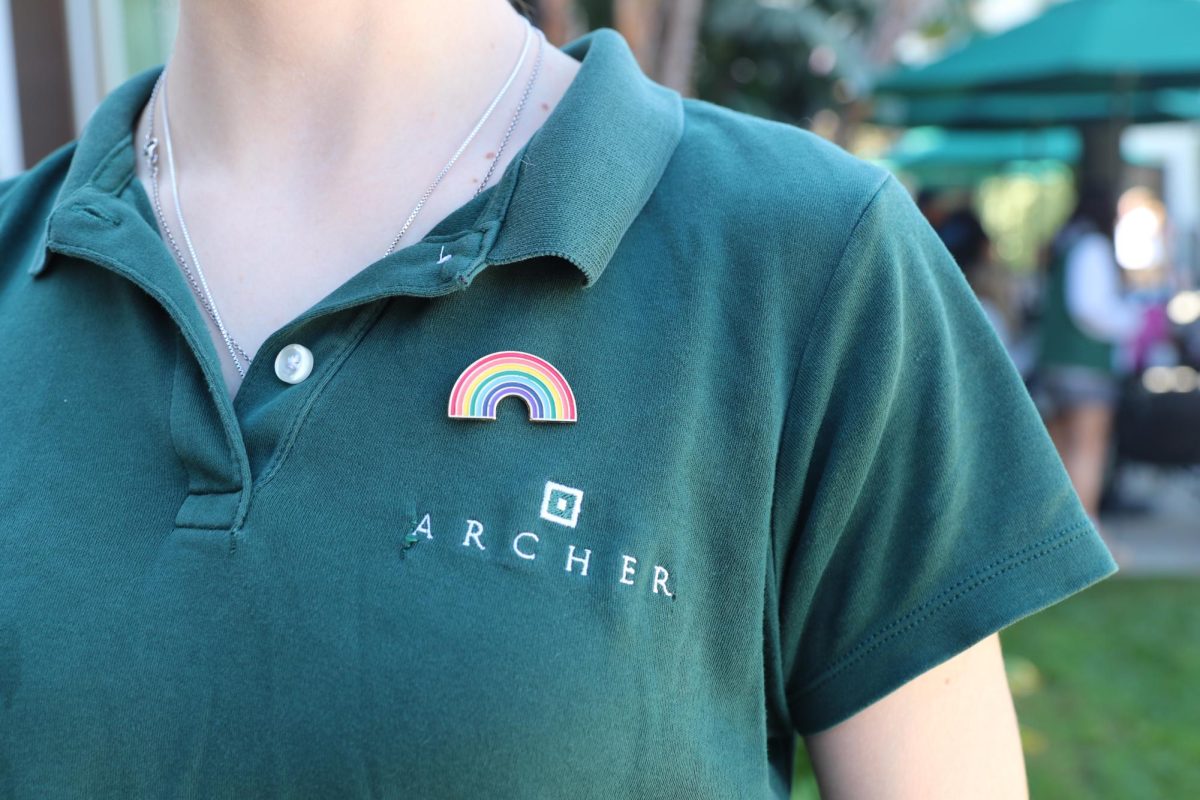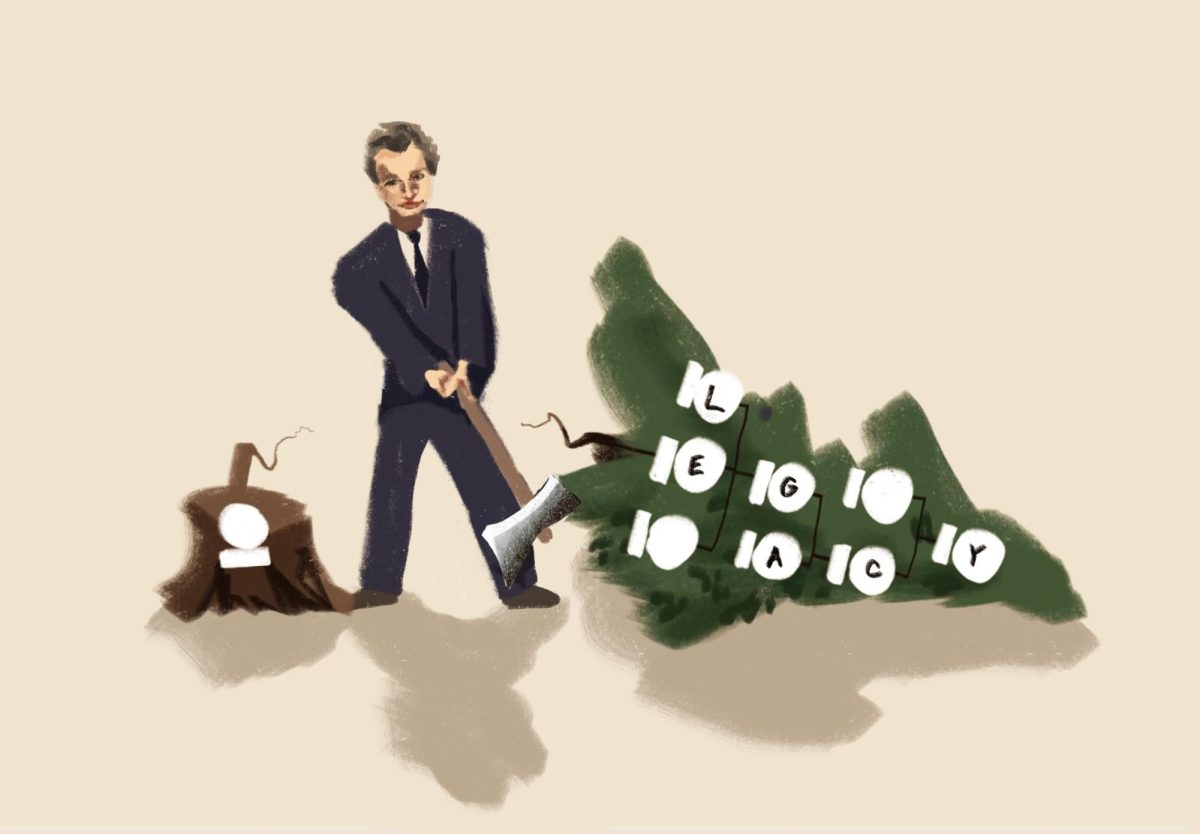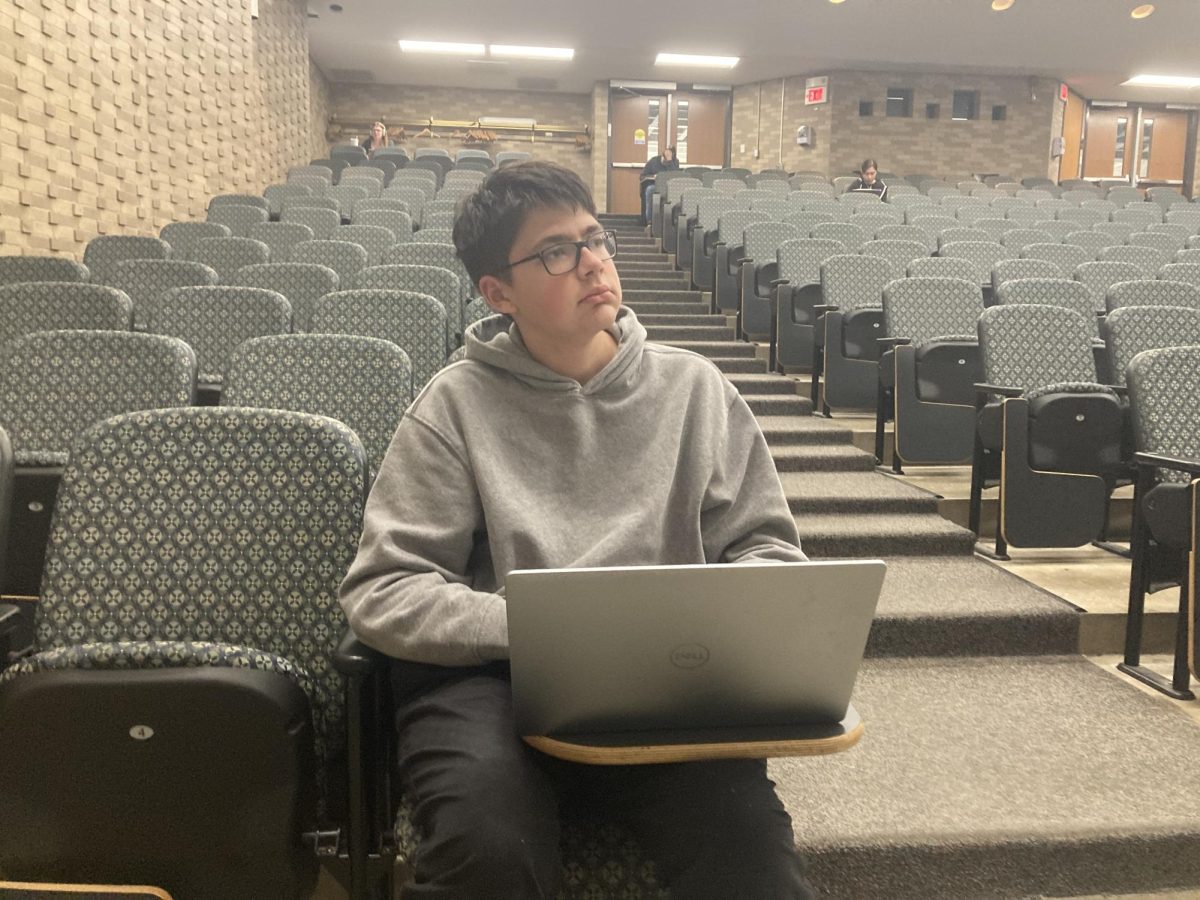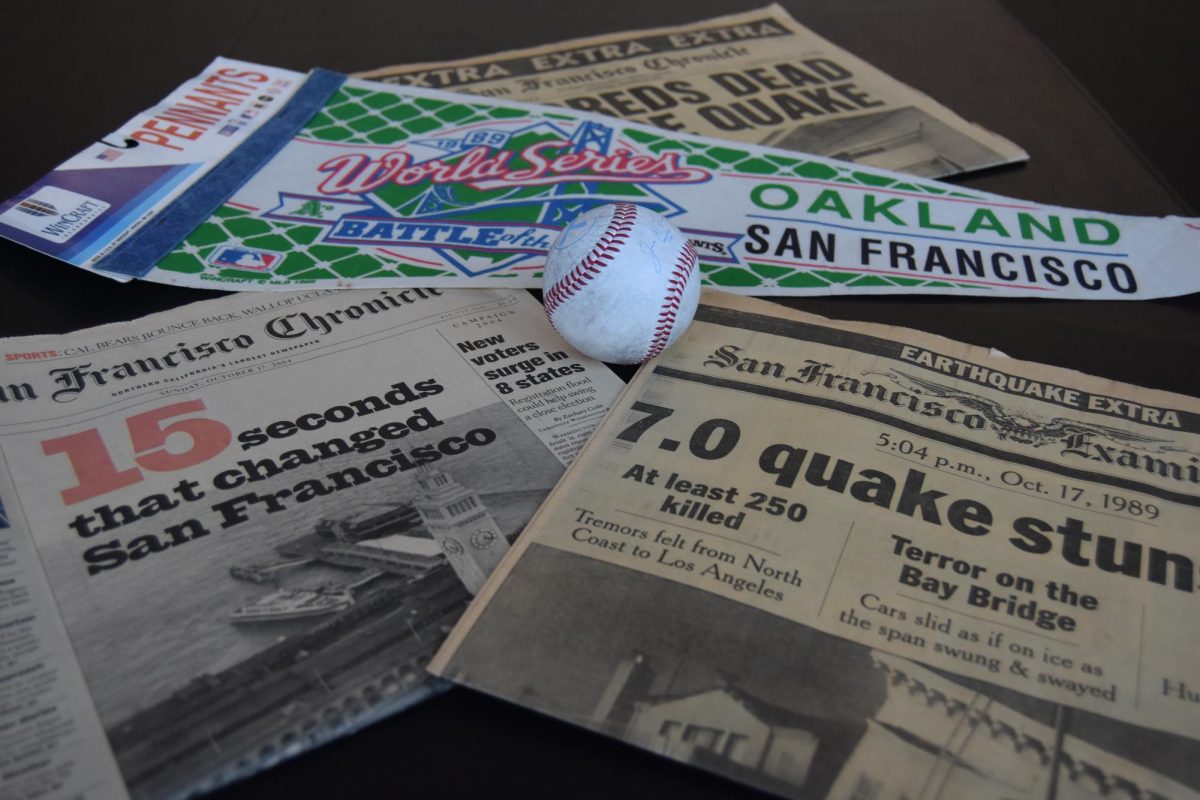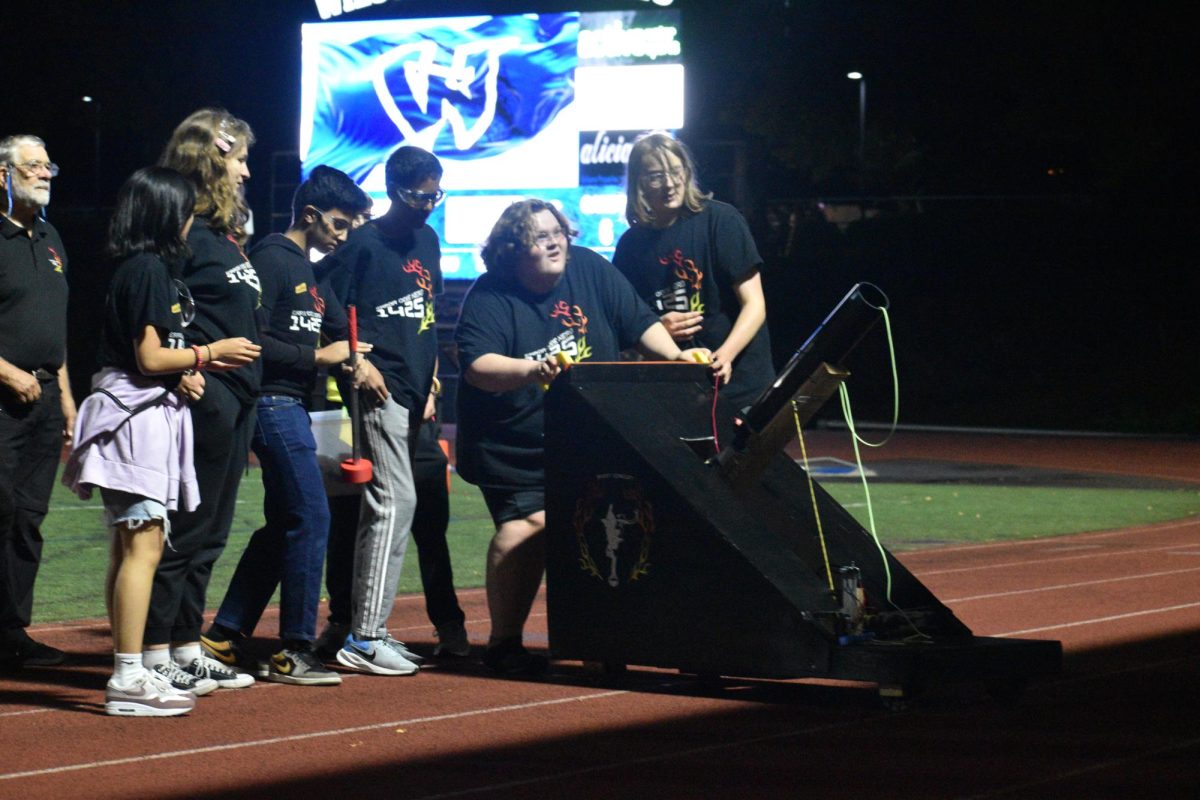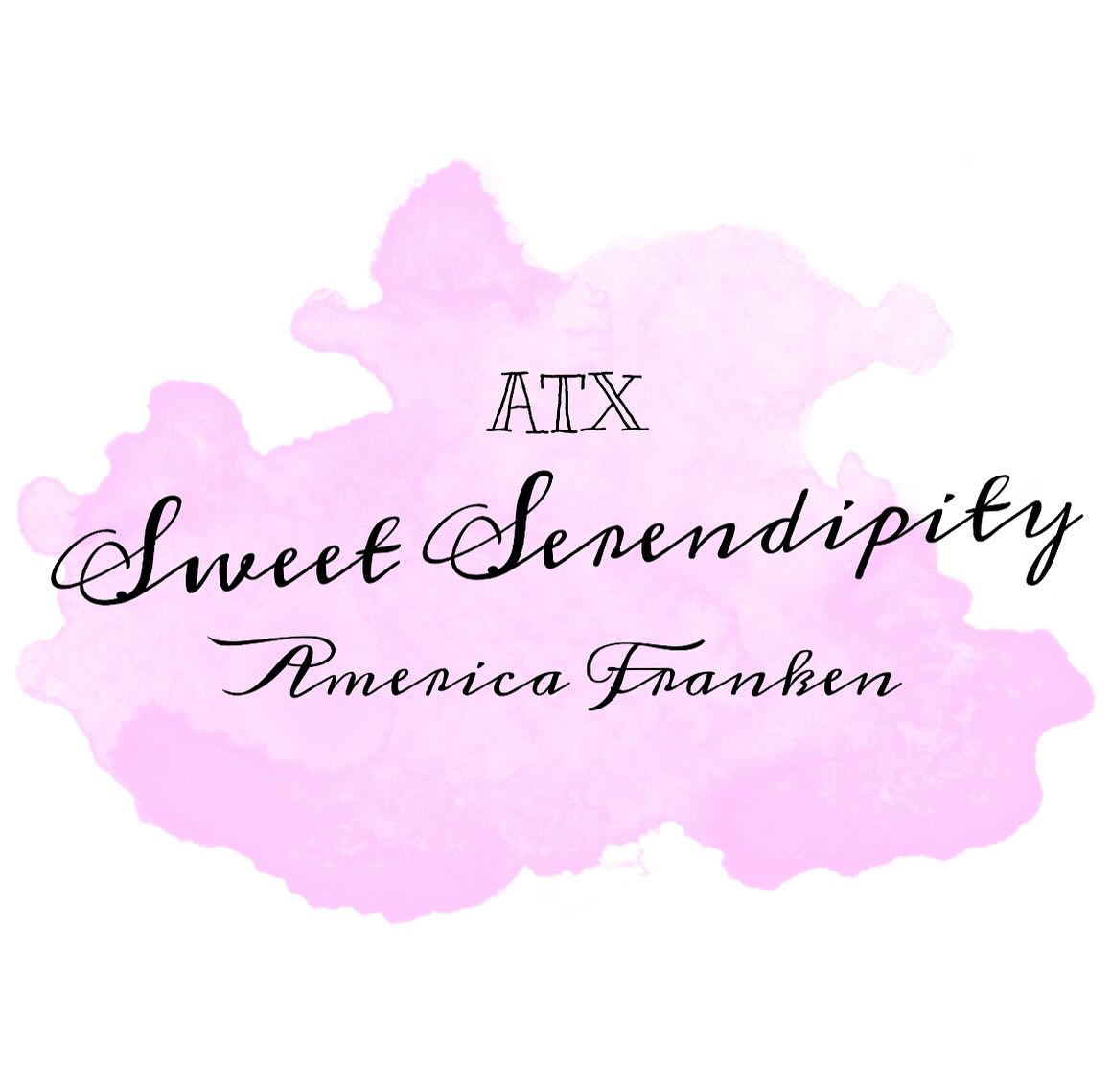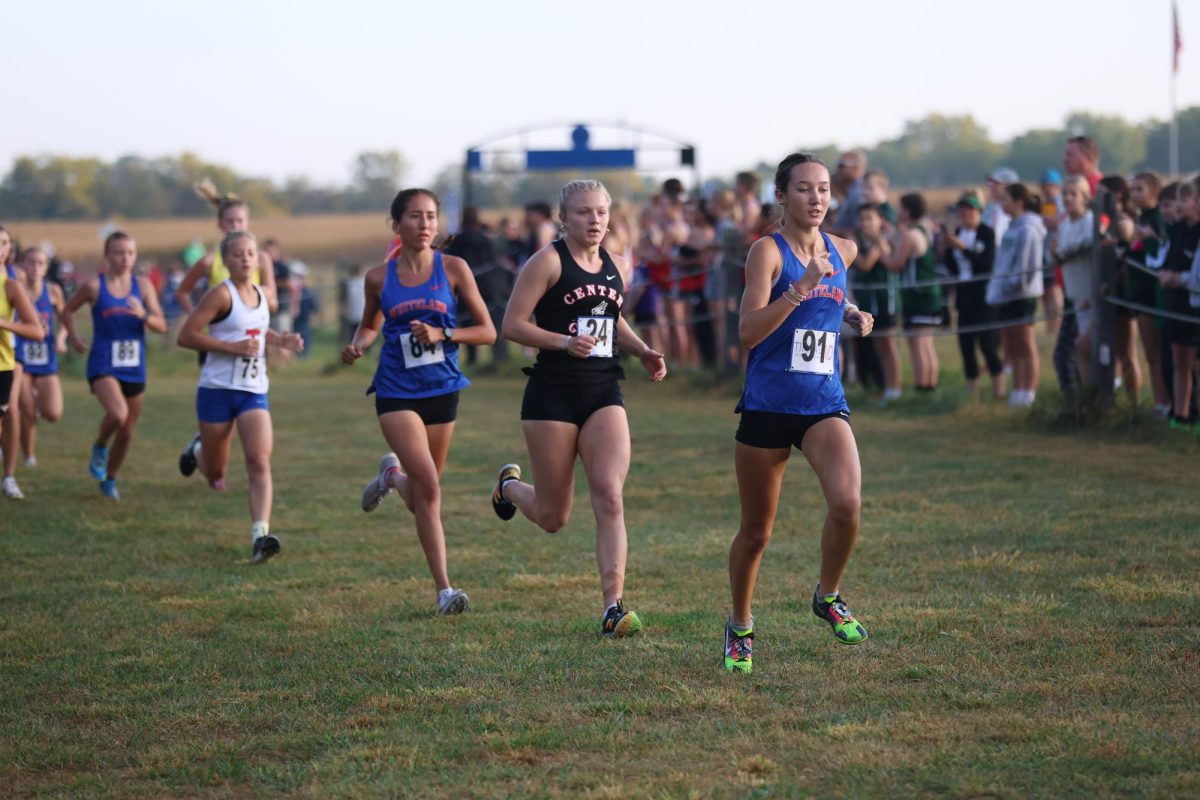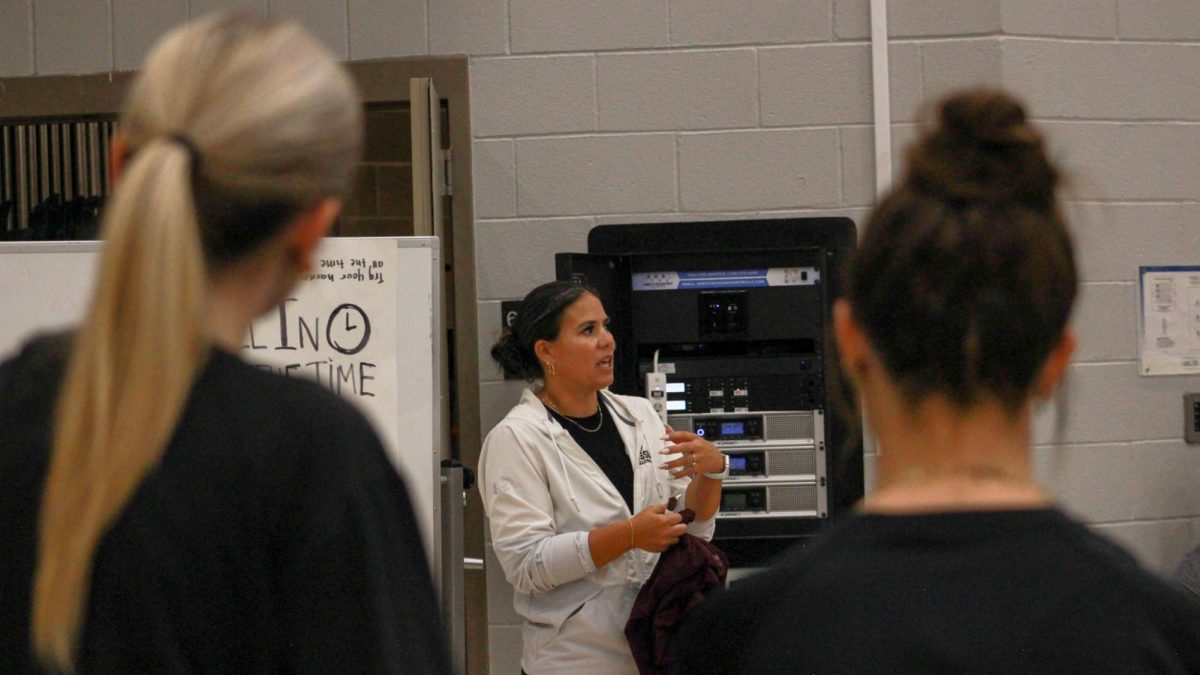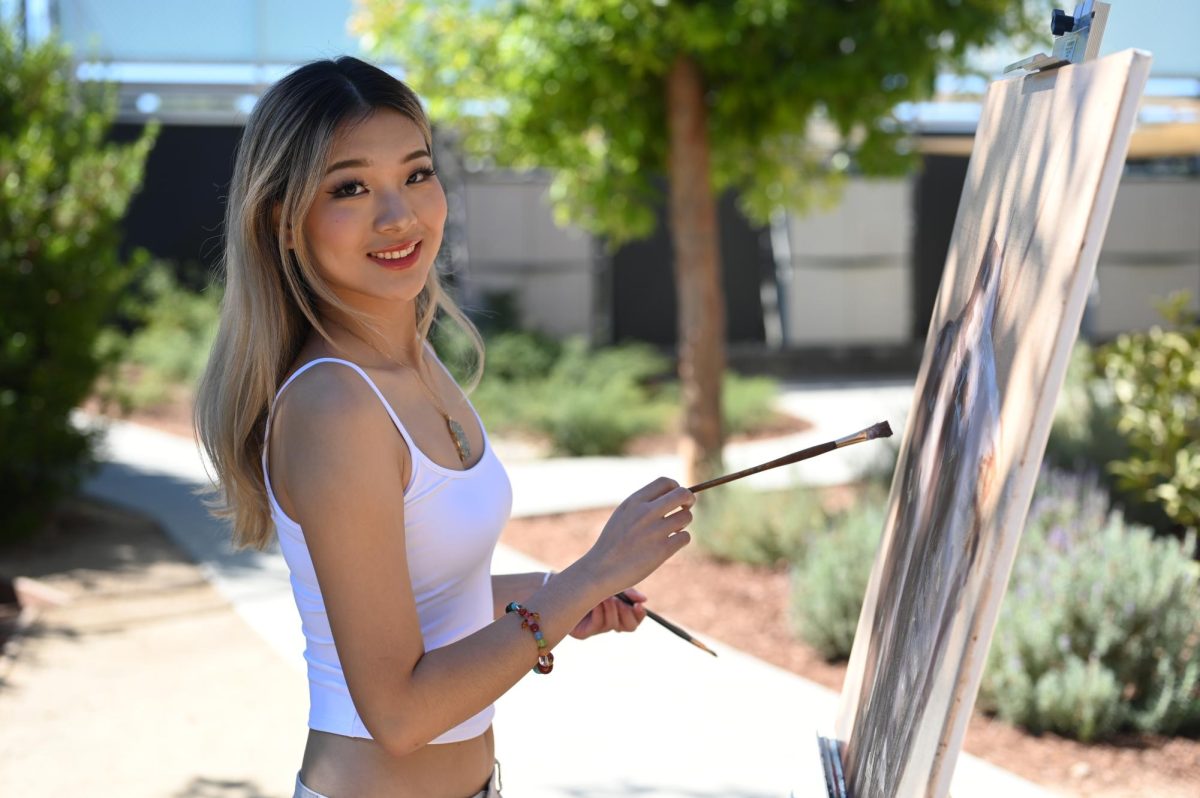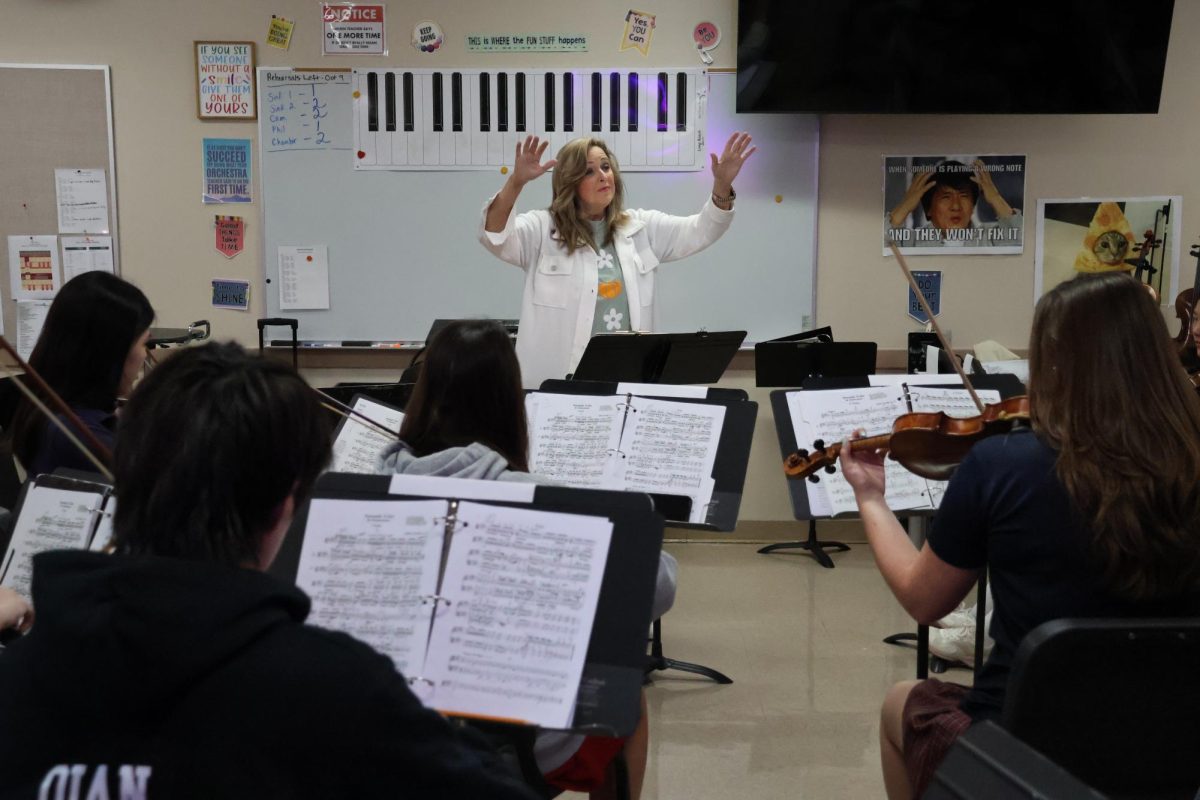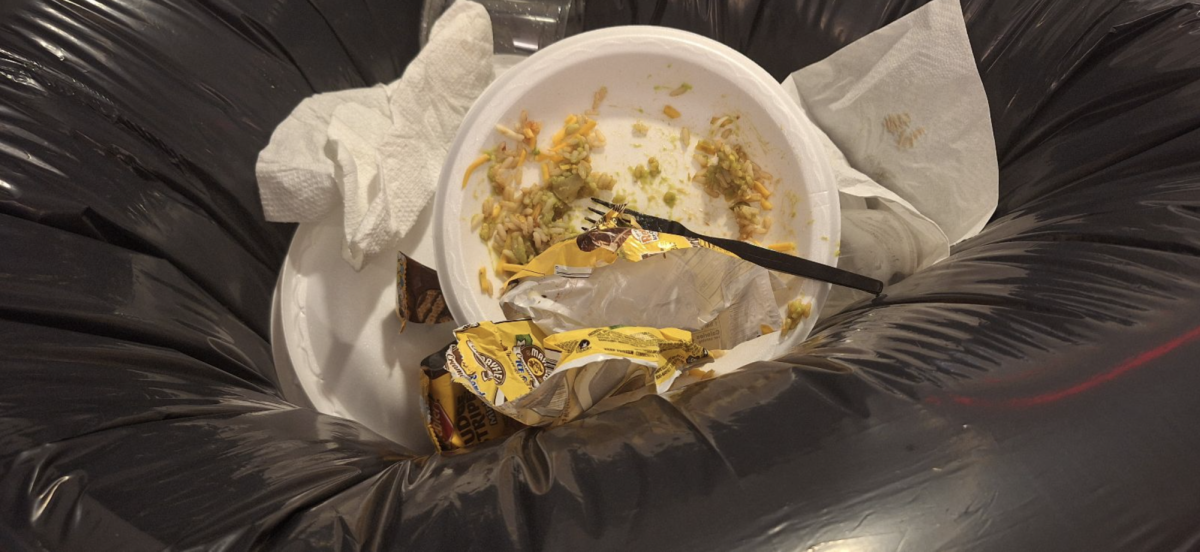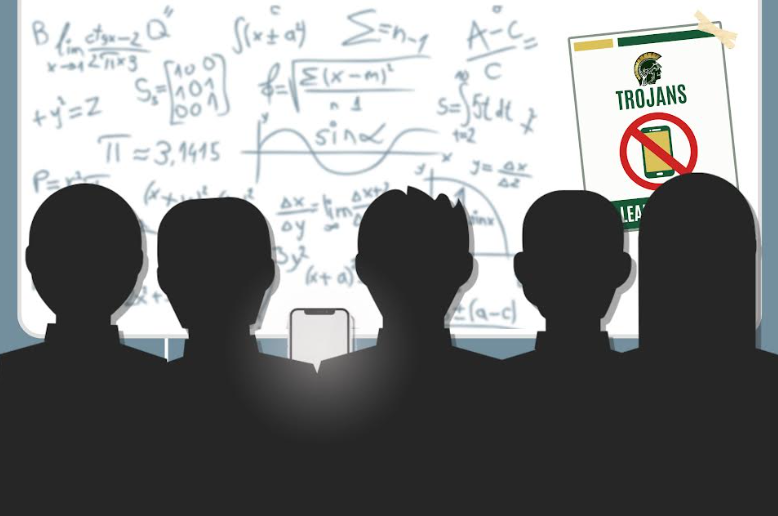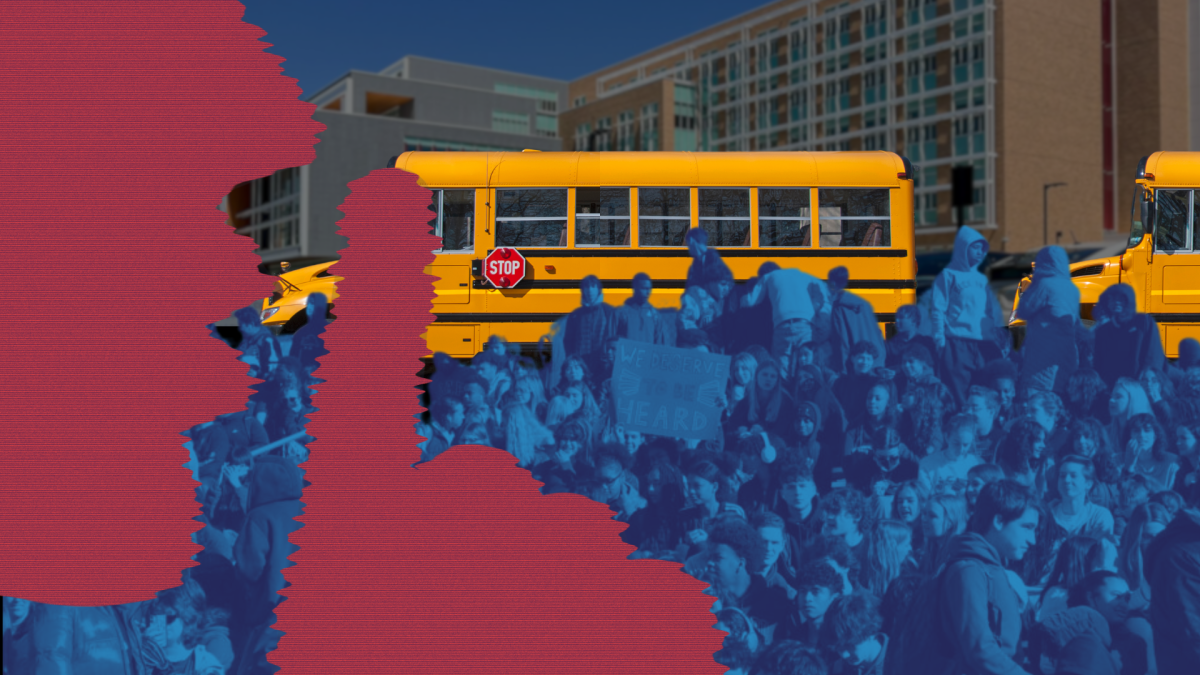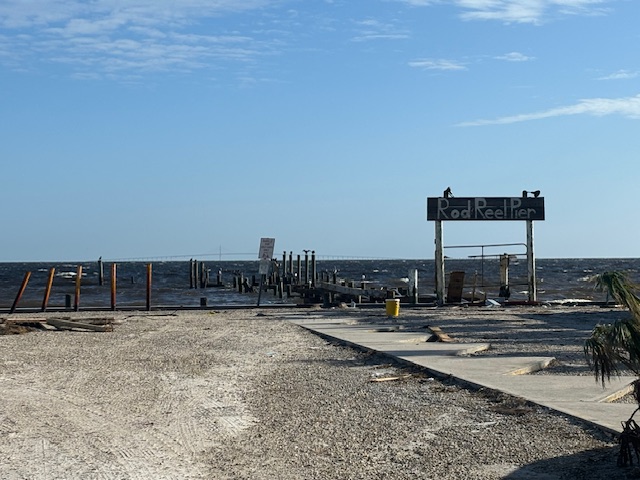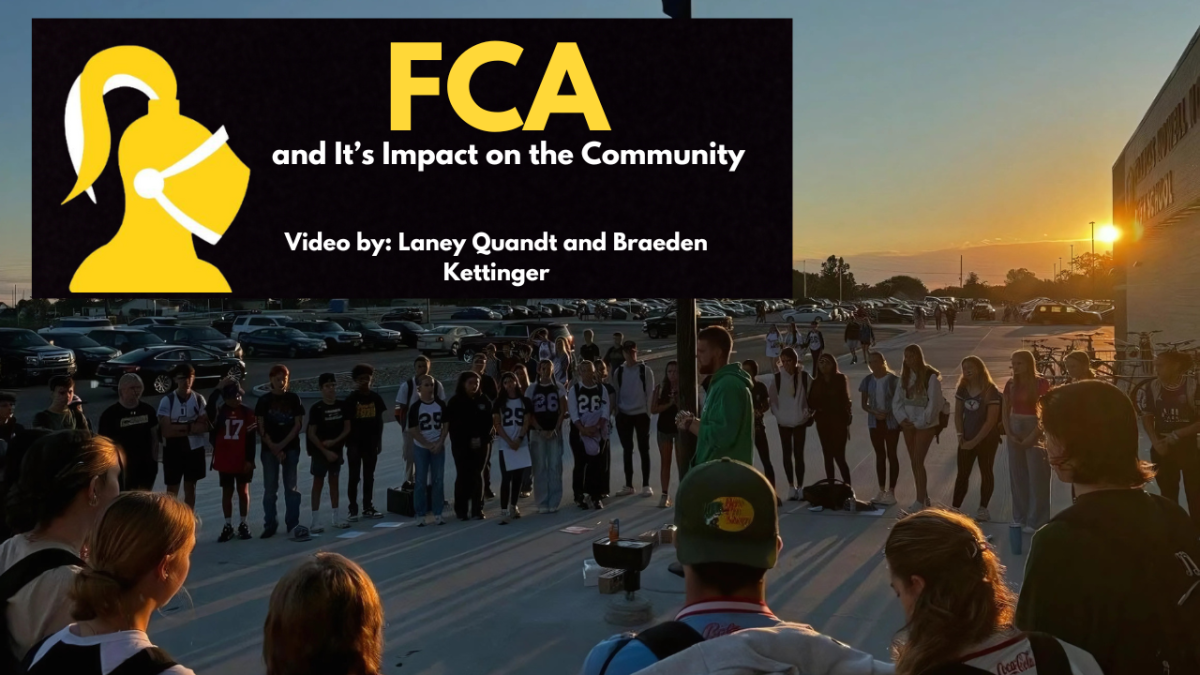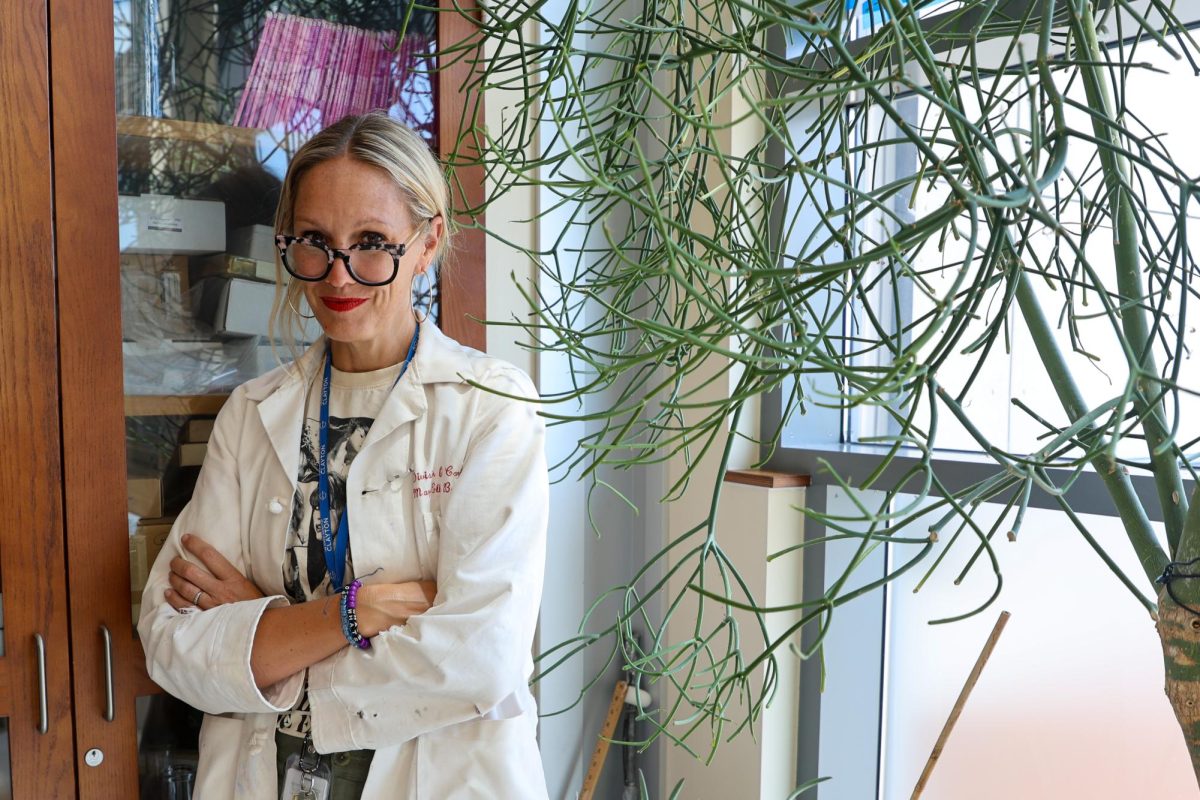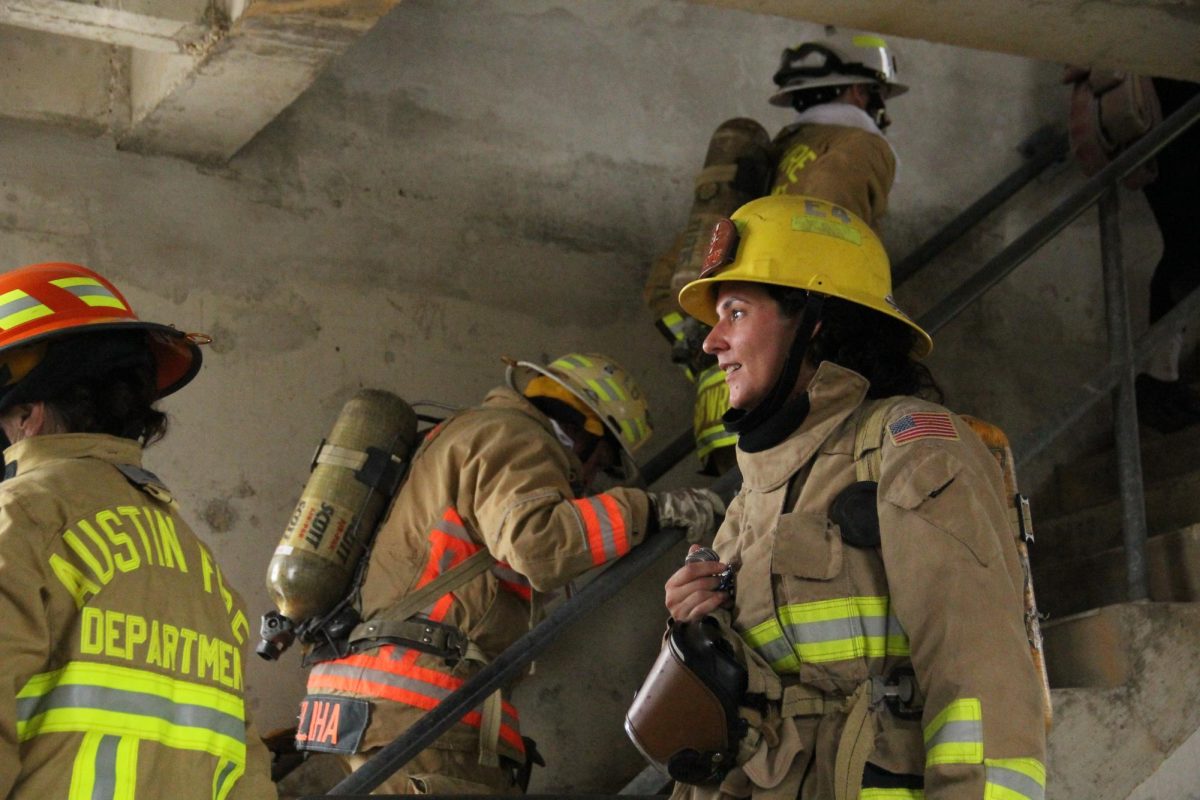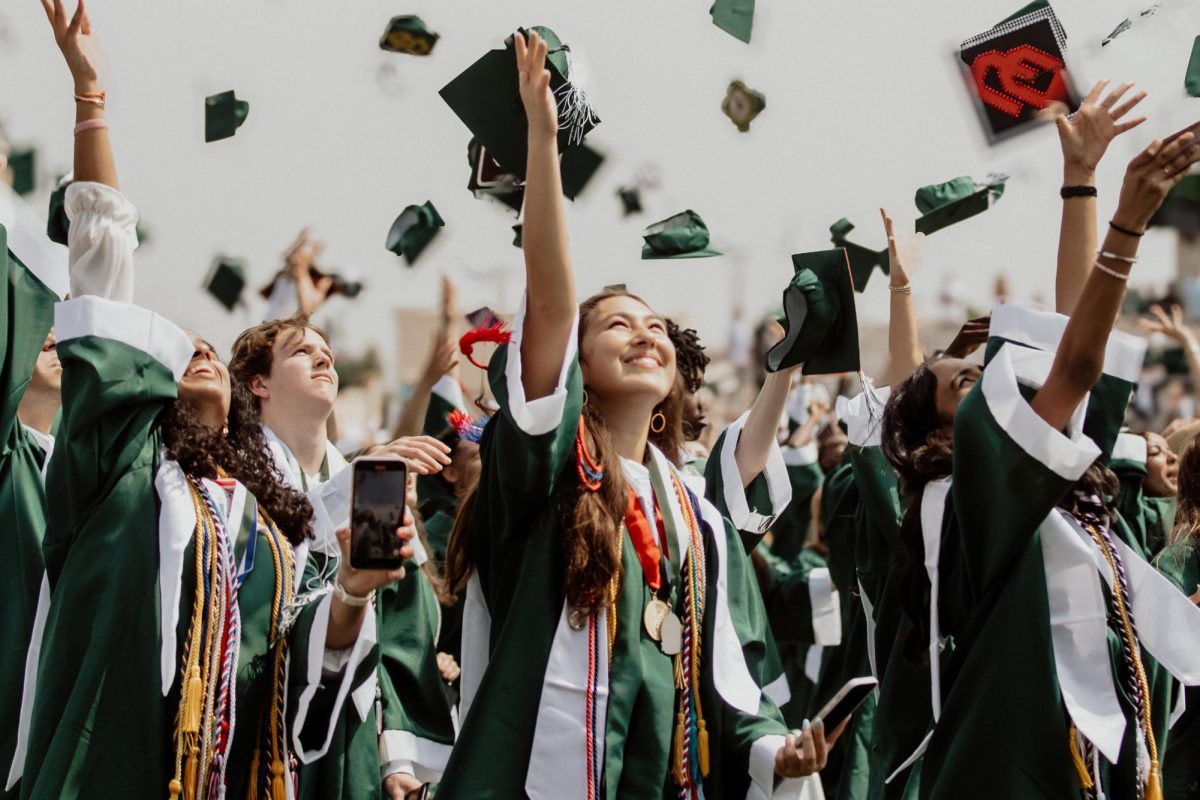Bond 2018 Project Bolsters Music Department Facilities, Conditioning Longstanding Program Excellence
April 28, 2023
Walking down the newly renovated music wing is both an auditory and visual experience. Tucked away in these specially-designed rehearsal and practice rooms, pockets of community thrive.
In RRISD, the quality of arts education is synonymous with academic rigor. Course enrollment data provided by the TEA for the 2022-23 school year found that around 12% of students in the entire state in grades 9-12 were enrolled in a music program. This figure was 17% for students attending a district high school—and at Westwood, just under 30%.
Recent completion of the Bond 2018 Project in the choir, piano, orchestra, and band spaces is a story of transition and flexibility to change, unique context capturing the essence of each program and what these resources amount to.
Choir
When the first phase of campus improvements added upstairs D-Wing classrooms in Spring 2022, the fine arts department had just begun settling into their temporary rooms. For Choir Director Mr. Andre Clark, preserving classroom procedures was a matter of adapting existing routines.
After initially relocating to the outdoor portables last spring and later, to the Lecture Hall in January, disruptions from construction were already integrated into their daily rhythm.
The task now, in the final move to their new space, was how to reset once more.
“The physical part of it was really having an effect on the artistic conviction they had,” Mr. Clark said. “In the fall, our kids didn’t sing loud. They were singing to the room they were in, and that environment challenged them in terms of how to get a bigger voice.”
At the time of filming, choir students were still in the last stages of unpacking and organizing sheet music into their library. Small group activities such as this help amplify the in-between interactions, speaking to the holistic choir experience.
“I think it just builds more community,” Choir student Stella Marquadt ‘25 said. “We’re all doing it together.”
Sharing thoughts on the nature of music-making itself, Mr. Clark pondered on different expressions of collaboration, particularly in a scholastic environment for students amongst their peers.
“If I were to give them an idea that’s my passionate idea, it doesn’t stick,” Mr. Clark said. “But when they have the idea of something they want to [work] toward, it always sticks, because it’s something they have [a] buy-in [for]. They understand their ‘why.’”
Piano
In the portables where piano classes were formerly held, separation from the other music programs proved a constant obstacle. As the last group to settle in, room C1105 is coincidentally the first classroom they have ever had inside the building.
“It’s really nice as a teacher to feel more a part of the teaching community,” Piano teacher Ms. Julianne Knott said. “I love that we’re so central. Because I think some students never really knew that we had this program.”
Although independent study is the basis of piano class, cultivating a different notion of community where group interaction is less inherent requires a more conscious awareness of student needs.
“I just try to engage everyone as much as possible, but meet them wherever they want,” Ms. Knott said. “So if they want the time to just focus on their own, and have that individual time, I want to support that.”
Whether in the form of performances or outreach events, access to such opportunities are key in empowering students to sustain program involvement.
“Last year, I was piano ambassador, so I set up a stall, and a lot of people would be interested in it because most schools don’t have [a piano program],” Piano student Aditi Dalal ‘23 said. “Because it was in the portables, they were like, ‘how will anyone ever know about it, except for this stall?’”
With the new space, piano students look forward to better sharing their craft.
Orchestra
Framed around shared goals, what’s embedded into orchestra class day in and day out becomes the framework for excellence. Because community is the backbone of ensemble playing, this idea is every bit contingent on the individual as it is the collective.
“I’ve always maintained that every orchestra member, if they feel valued, and they feel like they’re contributing, [takes] pride in the orchestra,” Orchestra Director Mr. Joshua Thompson said. “And that pride spreads. People recognize when they come into the program, that they’re part of something special.”
Having spent a full year in the lecture hall before transitioning into their new room, the biggest hit to group focus was the fatigue students experienced whilst playing in a significantly smaller space—one built neither for music nor the needs of a growing program.
“Even though this arts program is huge, we are still one part of a very large whole that we want to expose more people to,” Orchestra student and Academy Ambassador Jhanvi Karthik ‘23 said. “The way that the arts are seen at Westwood especially, they’re not seen as something to be focused on unless you have already put [in] the time and dedication.”
Tethered to the permeability of tradition as opposed to stasis, orchestra students themselves are the continuity from location to location, evolving in order to welcome the new.
Band
As is the case of a group whose ambitions are set as high as the expectations to attain them, pursuing growth on a musical and personal front is a sustainable endeavor in band, the culture of the program built on supporting each other.
“We’re instilled in the tradition of excellence, and how we’re supposed to be the best we can be,” Band student Zane Hyman ‘25 said. “The whole point, [our motto], ‘Pride, Passion, Family:’ that ‘Passion’ is just being the best you can be every [repetition] so you can be better for the whole program.”
While the temporary band hall in the Warrior Dance Studio was physically spacious, students still made sure to purposefully and respectfully use what was lent to them.
Linking all of these programs together is a commitment to maximizing resources, the most meaningful expression of support by engaging different community members to participate in transparent advocacy for music education.
“How funding works [is] how you speak to it in a way that’s not just ‘we need more money,’” RRISD Director of Fine Arts – Music Mr. Jager Loyde said. “You really don’t need more money, you need more purposeful placement of that money. I think if there’s clarity in what we need to be putting our energy behind, we see the biggest bang for our buck.”
Mr. Clark summed it up best.
“No matter what it is that they want to do, our students will strive to be the best they can be,” Mr. Clark said. “But they never do it alone. They’re always doing it with a group of people around them, and bringing those others along.”
“They’re coming to work hard. And they’re going to celebrate success for everyone around them.”
This story was originally published on Westwood Horizon on April 24, 2023.



